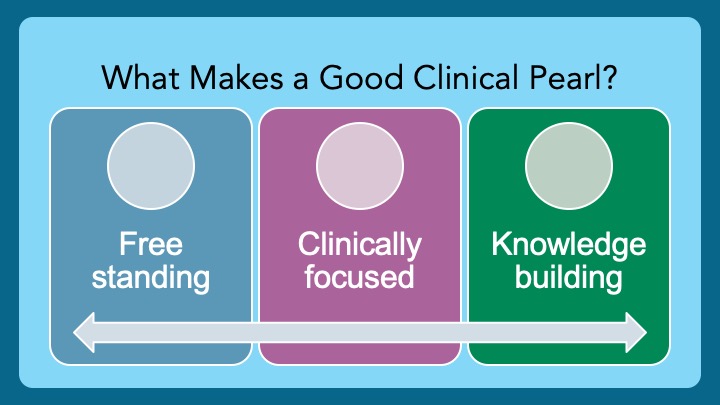1/ Happy #TweetorialTuesday from @ChrisDJacksonMD!
Welcome back to the #MedEdTwagTeam threads on all things teaching, feedback, and so much more.
We have exciting stuff to help you level up your bedside history and physical examination teaching skills in the coming weeks.
Welcome back to the #MedEdTwagTeam threads on all things teaching, feedback, and so much more.
We have exciting stuff to help you level up your bedside history and physical examination teaching skills in the coming weeks.

2/ We are still covering the foundations of inpatient teaching. This week, we will be focusing on strategies to improve hypothesis-driven history taking at the bedside during rounds. 

3/ Obtaining the HPI is a core skill for patient care.
We're taught to take this history with attention to comprehensiveness
The goal of hypothesis-driven history is to carefully consider what questions impact our diagnostic thinking to make our history taking more effective
We're taught to take this history with attention to comprehensiveness
The goal of hypothesis-driven history is to carefully consider what questions impact our diagnostic thinking to make our history taking more effective

5/ In the next few tweets, I'll explain why we should teach hypothesis-driven history taking. Hypothesis-driven history taking helps us better diagnose the clinical problem, empowers hypothesis-driven physical examination, & avoids unnecessary diagnostic testing.
6/ History w/ or w/o exam helps establish the final diagnosis more than we think.
In a trial of 80 outpatients, history alone established the final diagnosis in 76% of patients.
In the FAST study, history & exam had a diagnostic accuracy of 88% in patients with syncope.
In a trial of 80 outpatients, history alone established the final diagnosis in 76% of patients.
In the FAST study, history & exam had a diagnostic accuracy of 88% in patients with syncope.

7/ Hypothesis-driven history helps reduce diagnostic error.
One cause of diagnostic missteps is cognitive errors from faulty information synthesis (see figure below).
Hypothesis-driven history involves a systematic assessment of patients’ symptoms to decrease dx error
One cause of diagnostic missteps is cognitive errors from faulty information synthesis (see figure below).
Hypothesis-driven history involves a systematic assessment of patients’ symptoms to decrease dx error

8/ Improving diagnosis is often complex given the multiple layers required to achieve it (see figure below)
Hypothesis-driven history taking allows the clinician to acquire data more efficiently, thereby choosing the appropriate illness script to pursue in the assessment.
Hypothesis-driven history taking allows the clinician to acquire data more efficiently, thereby choosing the appropriate illness script to pursue in the assessment.

9/ So, in summary, here are 3 good reasons to teach learners how to take a hypothesis-driven history. 

10/ The figure outlines the components of a
hypothesis-driven history.
With the ddx guided by the patient's symptoms, you use targeted questions + time course to arrive at a most likely diagnosis.
This focused approach to history increases its value in dx decision making
hypothesis-driven history.
With the ddx guided by the patient's symptoms, you use targeted questions + time course to arrive at a most likely diagnosis.
This focused approach to history increases its value in dx decision making

11/ Please join us next week as we take the hypothesis-driven-history framework and apply it to a patient scenario from the wards.
You can find our previous threads by following @MedEdTwagTeam
You can find our previous threads by following @MedEdTwagTeam

• • •
Missing some Tweet in this thread? You can try to
force a refresh
















